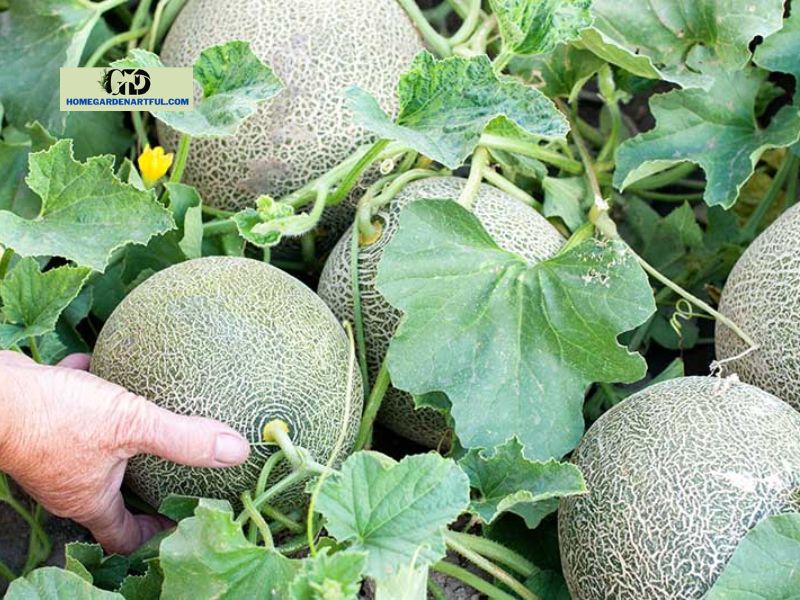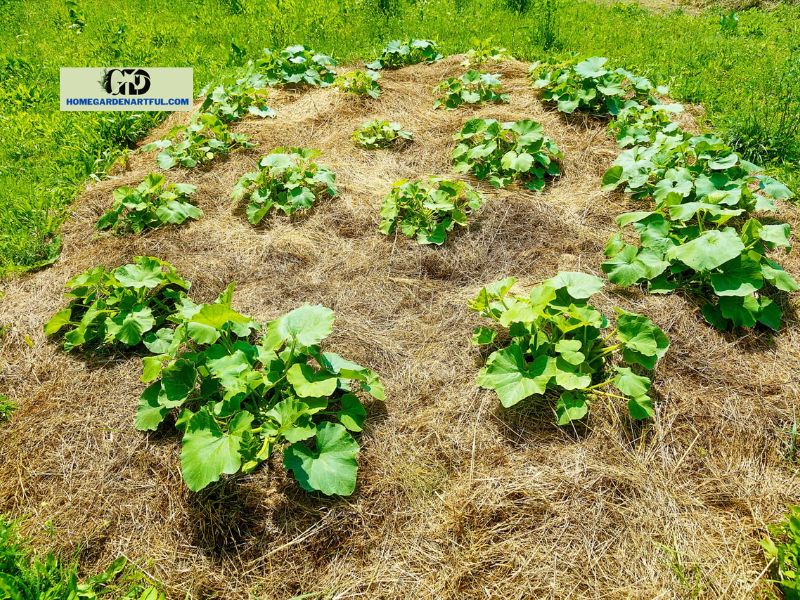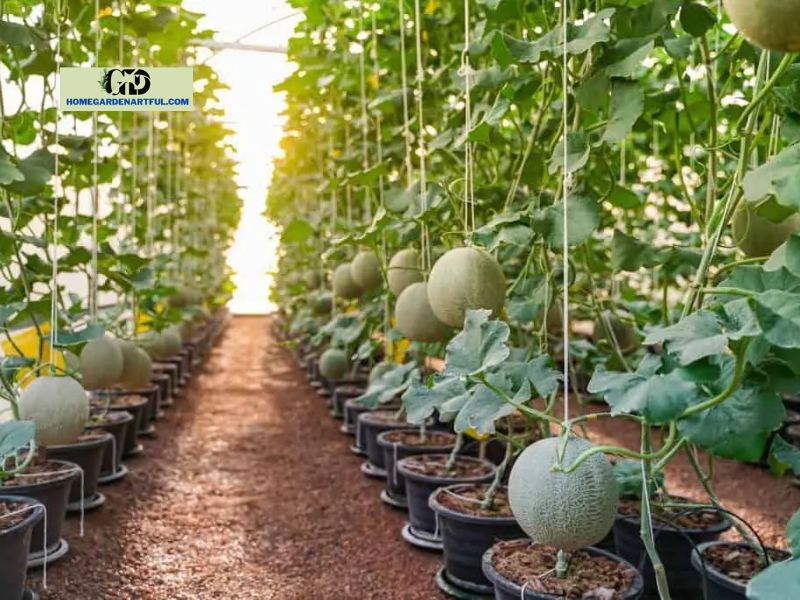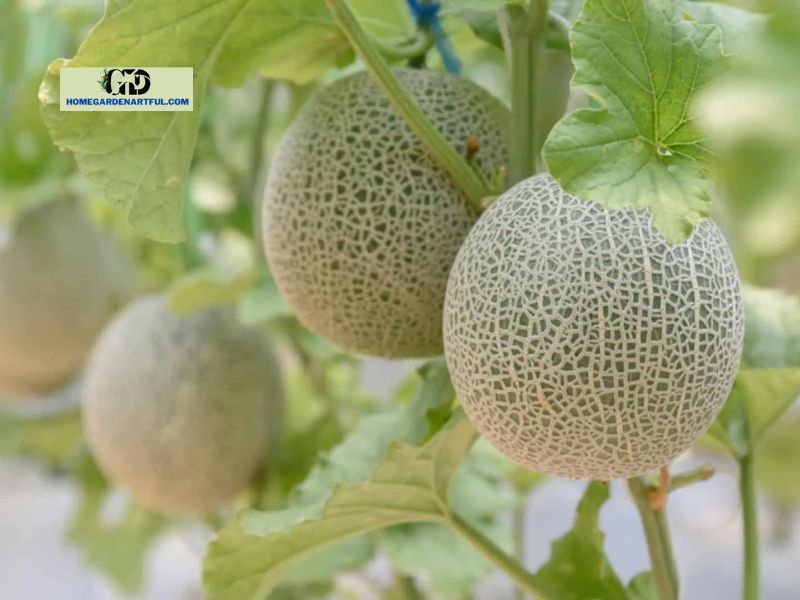How Many Cantaloupes Per Plant? Summer is the nicest time of year, particularly when it comes to melons, which come in a variety of forms and sizes! Cantaloupe is unquestionably my favorite sort of melon.
They have a sweet flavor and are high in vitamins A and C, potassium, beta carotene, and folate, so you may enjoy the sweetness of the orange flesh while also improving your health!
It is actually fairly simple to grow cantaloupe. I’ve been doing it for years, and I make delicious cantaloupe smoothies virtually every day (you must try these!). The number of cantaloupes produced per plant is determined by the cantaloupe variety as well as the growing parameters that you have specified.
Continue reading at homegardenartful.com to learn more about growing melons as well as the many delicious fruits you can expect from each cantaloupe plant.
How Many Cantaloupes Per Plant

Before we begin, you should know that cantaloupes are a sort of muskmelon – these fruits were named after the North American variant C. melo var. reticulatus. Another well-known European variant is C. melo var. cantalupensis.
If you want to produce cantaloupe in your own backyard, you should know how many fruits you can expect from each plant so you know how many to plant!
Cantaloupe plants produce two fruits per plant, according to a survey of 20 distinct cantaloupe cultivars. They are typically enormous fruits with an average weight of 4 to 5 lbs, adding up to 10 pounds overall, however, this might vary between varieties.
These plants have a long growing season, and you should anticipate harvesting cantaloupes between 80 and 120 days following planting cantaloupe seeds. Of course, this is subject to variation and growing conditions.
If you plan to cultivate these fruits commercially, I recommend growing smaller kinds because you will wind up harvesting a lot more cantaloupes than you normally would. For example, you can produce approximately 20,000 fruits per acre (approximately 43,500 square feet)!
These are, however, smaller cantaloupes weighing roughly 3 pounds. This is also dependent on how you intend to use cantaloupes, as well as the amount of available room for them to grow vigorously. Keep in mind they are vining fruits with long cantaloupe vines that require space to grow!
Cantaloupe Sizes and Varieties

According to one study, the Home run variety produced the best results since it produced fruits early and had the highest number of fruits per plant. Although the Hale Best Jumbo and Ambrosia can grow quickly, the Avatar variety produces the largest fruits!
The type you choose is determined by the growing conditions available; for example, you should not sow seeds in an area packed with other Cucurbits.
Why do the first blossoms on my muskmelon (cantaloupe) bushes fall off?
Male blooms are the first to appear on the vines. The fruit is formed by a swelling at the base of the female flowers, which open later. The fruit grows when bees pollinate these female blooms.
What factors contribute to poor fruit set and low yields in cantaloupe?
Female flowers fail to set and produce melons owing to a lack of appropriate pollination by bees, extremely hot temperatures, or water stress.
In a small garden, how can I cultivate muskmelons (cantaloupes)?

Cantaloupe plants can be cultivated in a large pot or trained to a fence or trellis. When the fruits start to grow in size, they will require some support and the fruit weight will injure the vines.
Do cantaloupes (muskmelons) cross-pollinate with other vine crops?
No. Cantaloupes do not pollinate cucumbers, watermelons, squash, or pumpkins. Cross-pollination occurs across cantaloupe kinds, but the result is not visible unless the seeds are preserved and planted the following year.
Wrapping Up
You now know How Many Cantaloupes Per Plant. The inside of these melons is orange-colored and delicious, with a greenish-tan rind, however, the stripes vary depending on the type.
You can utilize cantaloupes in a variety of ways, including making delicious smoothies, wrapping them in prosciutto, and adding them to fruit salads.
Cantaloupes are also one of the simplest plants to cultivate from seed, and you won’t even break a sweat planting them in your garden. Simply place them in a sunny position, add fertilizer as needed, and water them, and you’ll be eating delicious melons in no time!


